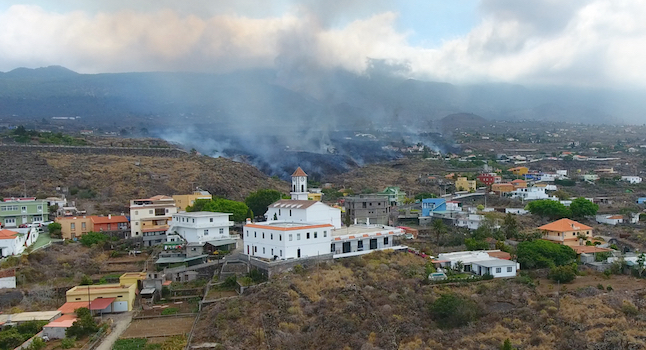The vessel which bears the name of Grosa is going under the hammer and the starting price is a paltry 27,541.32 ($35,000).
That's cheaper than the €31,000 or so you'll need to fix yourself up with a Seat Alhambra.
Anyone who buys the Grosa will have to stump up a €5,058.27 deposit as well, reported Spanish news agency EFE recently.
Bidding for the old lady, currently docked in Las Palmas, the capital of Gran Canaria, starts on April 26th.
But buyers who are looking to take the creaky old Grosa on a world tour should think carefully .
Any future owner will also have to fork out for scrapping off the vessel.
Grosa was retired from active duty last June after 31 years of faithful service, and her flag is now proudly displayed at the Naval Museum of the Canaries.
She saw more than 3,700 days of active duties and around 1,200 sailors worked on board, said EFE.
The boat is one of ten Anaga class vessels built in Cádiz province by Empresa Nacional Bazán, which is now known as Navantia.
Grosa, which began active service at the end of 1980, is named after an island in the Mar Menor of Murica.
She undertook maritime rescue missions and was also used to combat 'illegal' migration into Spanish territory.




 Please whitelist us to continue reading.
Please whitelist us to continue reading.
Member comments